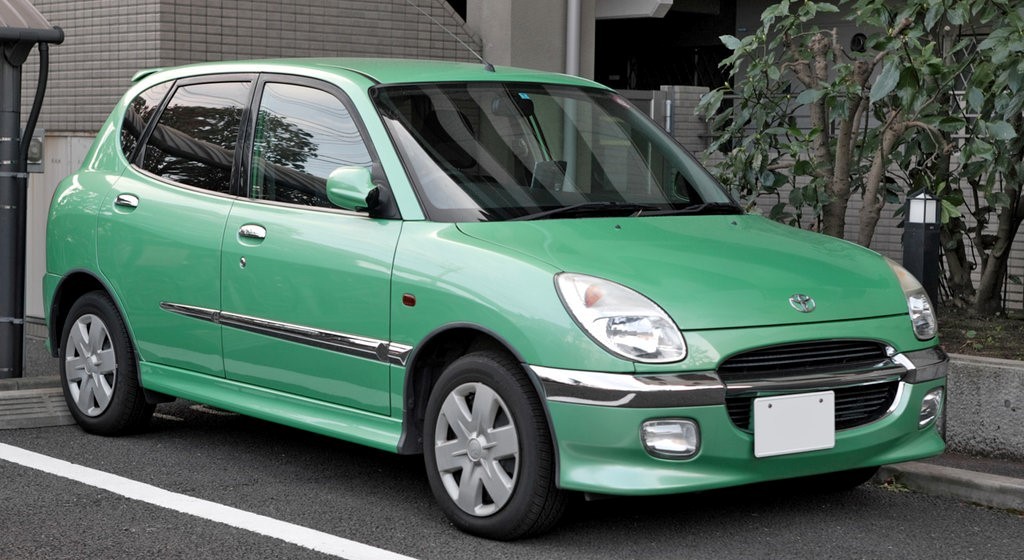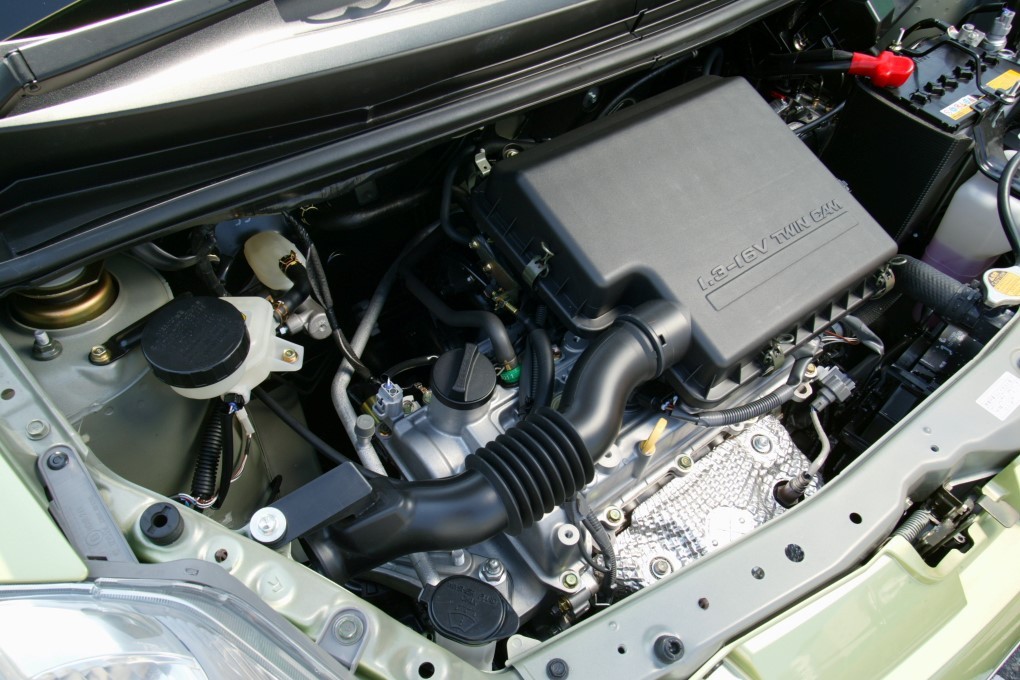
Toyota Duet engines
The Duet is a five-door subcompact hatchback produced from 1998 to 2004 by the Japanese automaker Daihatsu, which is owned by Toyota. The car was intended for the domestic market and was produced exclusively in right-hand drive. Duet was equipped with engines of 1 and 1.3 liters.
Synopsis
The first generation Duet of 1998 was equipped with a liter three-cylinder EJ-DE engine with a capacity of 60 hp. The car was available with a 5-speed "mechanics" or a 4-speed automatic transmission. EJ-DE engines do not have a variable valve timing system; EJ-VE engines, which appeared on Duet after restyling, began to be equipped with such a system.
Since 2000, restyled Duet models began to be equipped with new installations: a 4-liter 3-cylinder K2-VE1.3 engine with a capacity of 110 hp, and a liter EJ-VE ICE with 64 hp.

In December 2001, Toyota Duet was waiting for the 2nd restyling. To the two engines already available after the first modification, another unit was added - K3-VE, with a volume of 1.3 liters and a maximum power of 90 hp. In 2002, the model was exported to Europe and Australia as the Sirion.
In the Australian market, only a liter model was available until early 2001, until a sporty 1.3-liter version, known as the GTvi, was added to the lineup. At the time, the GTvi had the most powerful naturally aspirated engine in its class.
| Toyota Duet engines | ||||
|---|---|---|---|---|
| ICE model | EJ-THEM | NO-WE | K3-VE | K3-VE2 |
| Type of food | distributed injection | |||
| ICE type | R3; DOHC 12 | R4; DOHC 16 | ||
| Torque, Nm / rpm | 94/3600 | 94/3600 | 125/4400 | 126/4400 |
EJ-DE/VE
EJ-DE and EJ-VE are almost identical engines. They differ in the fastenings of one pillow (on the first they are wider and aluminum, on the second they are iron and narrower). Further, the EJ-DE has conventional shafts, the EJ-VE is a motor with a VVT-i system. The VVT-i sensor is responsible for relieving excessive oil pressure in the camshafts.

Visually, the presence of the VVT-i system can be seen from the tube coming from the additional oil filter mount (available on the VE modification). On the DE version motor, this function is implemented in the oil pump. In addition, there is no camshaft rotation sensor on the EJ-DE, which should read readings from the marks on it (on the DE version, there are no marks on the camshaft at all).
| EJ-DE (VE) | |
|---|---|
| Volume cm3 | 989 |
| Power, hp | 60 (64) |
| Consumption, l / 100 km | 4.8-6.4 (4.8-6.1) |
| Cylinder Ø, mm | 72 |
| MOP | 10 |
| HP, mm | 81 |
| Models | Duet |
| Resource, outside. km | 250 |
K3-VE/VE2
The K3-VE/VE2 is a Daihatsu engine that is the base engine for Toyota's SZ family. The motor has a timing chain drive and a DVVT system. It is quite reliable and unpretentious in operation. Was put on many Daihatsu models and some Toyota.
| K3-VE (VE2) | |
|---|---|
| Volume cm3 | 1297 |
| Power, hp | 86-92 (110) |
| Consumption, l / 100 km | 5.9-7.6 (5.7-6) |
| Cylinder Ø, mm | 72 |
| MOP | 9-11 (10-11) |
| HP, mm | 79.7-80 (80) |
| Models | bB; Cami; Duets; Step; Sparky (Duet) |
| Resource, outside. km | 300 |
Typical Toyota Duet ICE malfunctions and their causes
The appearance of a black exhaust, and, accordingly, a high consumption of gasoline on the EJ-DE / VE, almost always indicates problems in the fuel system.
EJ-DE/VE units are extremely sensitive to ignition coil overheating. Sometimes even a very small violation of the thermal regime of the engine can cause a breakdown.

The LEV emission reduction system is sometimes unable to ensure that the engine is started in the restyled version of the Duet at low temperatures. The K3-VE2 power units are especially affected by this. These engines need the highest quality gasoline, which is extremely difficult to provide in the conditions of the Russian Federation.
And a little about such a popular topic of key cutting on K3-VE/VE2. There is no tendency for motors of the K3 series (as well as others) to cut off the key connection. Except for the moment when tightening, nothing contributes to cutting the key (if the key is native, it was not cut off on the engine before).
Shear forces are independent of power or anything else.
Conclusion
Thanks to a liter 60-horsepower EJ-DE engine, the fairly light Duo hatchback has quite acceptable dynamism and allows the driver to feel confident on the road. With 64 HP EJ-VE engine. the situation is similar.
With units K3-VE and K3-VE2, with a capacity of 90 and 110 hp, respectively, the car surpasses most of its "full-weight" competitors in terms of power density. With a 110-horsepower engine at all, it creates the feeling that under the hood is not 1.3 liters, but much more.

Fuel consumption for the Duet does not exceed 7 liters per hundred. And even in difficult and non-standard road conditions. All power plants are characterized by an extremely low content of harmful substances in the exhaust.
It has long been known that Toyota cars are among the most expensive in the secondary market, but this statement certainly does not apply to the Duet model. This nice hatchback, so beloved by many Russian car owners, is quite affordable even for the average wallet.
Despite the richness of the Duet trim levels, the specimens presented in Russia are for the most part cars exclusively with automatic transmission, front-wheel drive and a standard liter engine. To find something more interesting, you have to thoroughly search. Of course, the Duet configurations with a 1.3-liter engine and all-wheel drive are periodically imported to the territory of the Russian Federation, but only in small batches.

